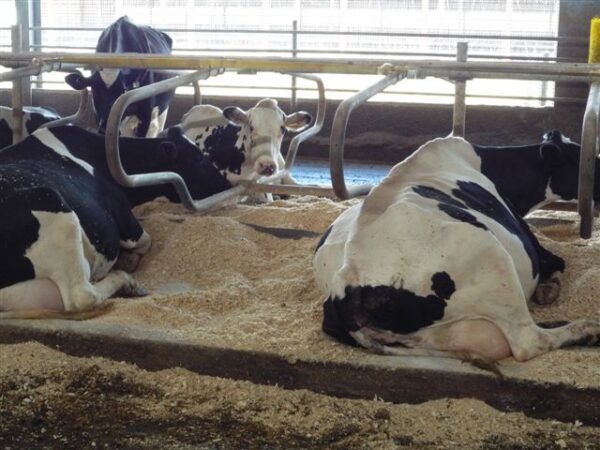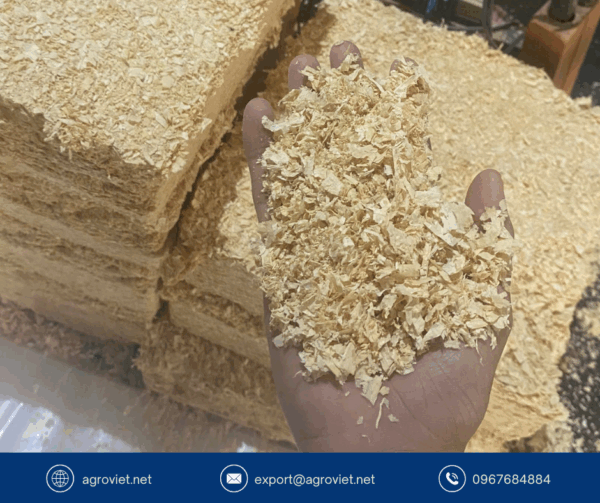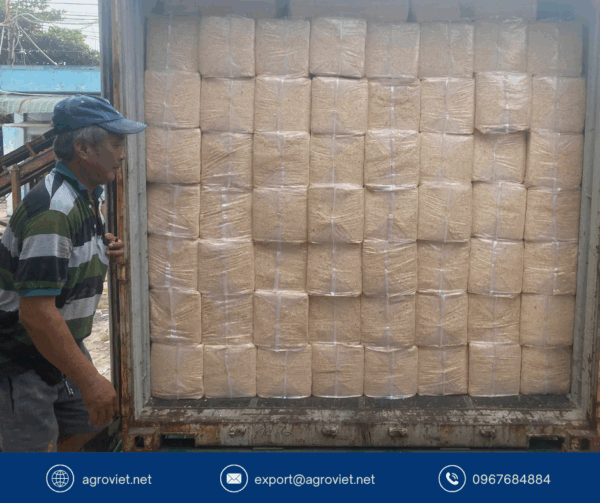Foot Rot and Joint Infections in Dairy Cows: Preventable with Clean Wood Shavings Bedding
Introduction to Foot Health in Dairy Cows
Foot health is a critical concern in dairy farming, directly impacting cow welfare, milk production, and farm profitability. Conditions like foot rot and joint infections cause lameness, leading to economic losses estimated at $185-$333 per case in dairy cows. Clean wood shavings bedding offers a practical solution to prevent these issues by maintaining a dry, hygienic environment. This post explores how clean wood shavings can reduce the incidence of foot rot and joint infections, drawing on research from Penn State Extension.
Understanding Foot Rot in Dairy Cows
Foot rot is a contagious bacterial infection caused primarily by Fusobacterium necrophorum, which thrives in wet, manure-laden environments. It typically affects the skin between the claws, causing swelling, lameness, and a foul odor. If untreated, the infection can spread to deeper tissues, including joints, leading to severe lameness and potential culling. Foot rot is most common in confined cattle exposed to wet lots or poor sanitation, with up to 20% of diagnosed lameness cases attributed to this condition.
Joint Infections and Their Impact
Joint infections in dairy cows often result from untreated foot rot or other lameness issues, such as sole ulcers or digital dermatitis. Bacteria like Mycoplasma bovis can invade joints, causing swelling, pain, and reduced mobility. These infections are difficult to treat and may lead to chronic lameness, reducing milk yield and reproductive performance. The economic impact is significant, with lameness costing U.S. dairy farms approximately $110 per cow annually.
The Role of Clean Wood Shavings Bedding
Clean wood shavings are an effective bedding material for preventing foot rot and joint infections. Unlike sand or straw, wood shavings provide excellent moisture absorption, keeping the environment dry and reducing the conditions that allow bacteria to thrive. Their coarse texture promotes aeration, preventing the buildup of manure and urine that softens hooves and fosters infections. By maintaining a clean, dry stall, wood shavings minimize the risk of bacterial entry through cracks or abrasions in the hoof.
How Poor Bedding Contributes to Foot Problems
Wet or dirty bedding exacerbates foot health issues. Excessively soft feet, common in freestall systems where cows stand in manure and urine, are prone to heel and sole cracks, allowing bacteria to enter and cause infections like foot rot. Conversely, excessively hard feet, often seen in stall barns using kiln-dried shavings or sawdust, can develop cracks at the hairline, leading to infections higher in the foot. Inconsistent or contaminated bedding increases these risks, making clean, high-quality wood shavings essential for prevention.
Scientific Evidence Supporting Wood Shavings
Research from Penn State Extension highlights the importance of bedding management in controlling foot rot. Clean wood shavings reduce moisture and bacterial buildup, lowering the incidence of infections. Studies show that proper bedding, combined with sanitation practices like foot baths containing 5% copper sulfate, can significantly decrease foot rot prevalence. Additionally, wood shavings support cow comfort, encouraging lying time of 10-14 hours per day, which reduces stress on hooves and prevents mechanical damage that could lead to joint infections.
Watch this: https://www.youtube.com/watch?v=v5PGvQ92buQ
Key Benefits of Clean Wood Shavings Bedding
-
Moisture Control: Absorbs urine and manure, keeping stalls dry and reducing bacterial growth.
-
Pathogen Reduction: Limits the proliferation of bacteria like Fusobacterium necrophorum and Mycoplasma bovis.
-
Cow Comfort: Encourages lying time, reducing hoof stress and the risk of lameness.
-
Cost-Effectiveness: Affordable and widely available, wood shavings are practical for large-scale dairy operations.
-
Hygienic Environment: Easy to clean and replace, maintaining stall sanitation and preventing infections.
Preventive Measures Beyond Bedding
While clean wood shavings are critical, a comprehensive approach enhances foot health:
-
Regular Hoof Trimming: Schedule trimming at dry-off and 100 days in milk to maintain hoof structure and prevent cracks.
-
Foot Baths: Use a 5% copper sulfate solution, at least 4 inches deep, placed where cows pass multiple times daily.
-
Sanitation: Regularly clean pens and high-density areas to minimize manure buildup.
-
Nutrition: Balance rations to avoid acidosis, which can lead to laminitis and increase susceptibility to infections.
-
Isolation: Separate affected cows to prevent the spread of contagious diseases like foot rot.
Practical Tips for Using Wood Shavings
To maximize the benefits of wood shavings, dairy farmers should:
-
Use untreated softwood shavings, such as pine, to avoid chemical contamination.
-
Maintain a bedding depth of at least 15 pounds per stall for optimal comfort and absorption.
-
Replace or refresh bedding regularly to prevent compaction and moisture buildup.
-
Ensure proper ventilation to complement the aeration properties of wood shavings.
-
Monitor bedding quality to avoid dust or mold, which can irritate hooves or respiratory systems.
Economic and Welfare Impacts
Preventing foot rot and joint infections with clean wood shavings improves both cow welfare and farm economics. Healthy cows exhibit better milk production, reproductive efficiency, and longevity, reducing costs associated with veterinary treatments and culling. Lameness, including foot rot, is a major welfare concern, causing pain and stress. By investing in clean wood shavings, farmers can reduce lameness incidence, enhance animal welfare, and improve profitability.
Challenges and Considerations
While wood shavings are effective, challenges include sourcing consistent, high-quality material and managing dust, which can affect cow respiratory health. Farmers should work with reputable suppliers to ensure clean, untreated shavings and maintain proper ventilation to minimize dust. Overuse of kiln-dried shavings can harden hooves excessively, so balancing moisture retention and hoof health is key. Regular monitoring and maintenance are essential to address these challenges.
Conclusion
Clean wood shavings bedding is a powerful tool for preventing foot rot and joint infections in dairy cows. By maintaining a dry, hygienic environment, wood shavings reduce bacterial growth and hoof damage, protecting cows from lameness and its costly consequences. Supported by research from Penn State Extension, this approach, combined with regular hoof trimming, foot baths, and proper nutrition, ensures optimal foot health. Dairy farmers who prioritize clean wood shavings can enhance cow welfare, boost productivity, and achieve sustainable farming success.
Read more: https://vietnambestwood.com/general/mixed-wood-shavings-livestock-bedding/
